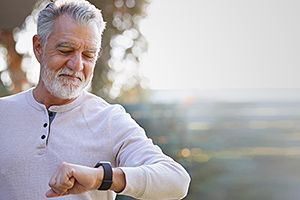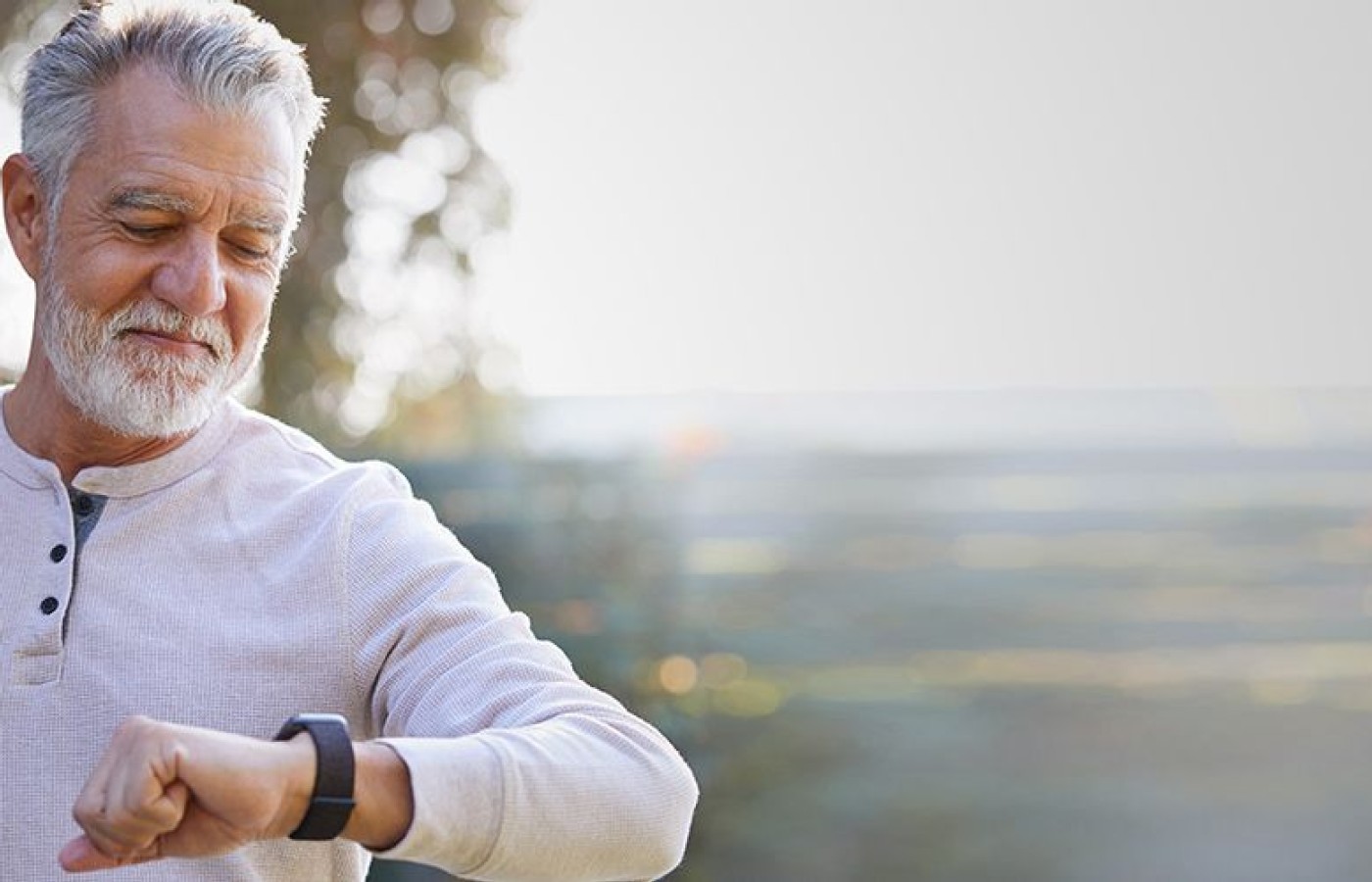You became a chiropractor to serve people, not an insurance company. You deserve to run a business that aligns with your values, supports your family and lights you up. Cash-based care isn’t just a pricing model – it’s a philosophy rooted in freedom, trust and respect for your patients and for yourself. Here's why - and how - to do it.
A Chiropractic Smartwatch Is Coming
A recent study investigated whether a smartwatch could record multiple-lead electrocardiograms (ECGs) and detect changes in the "ST segment" as well as a standard ECG. For those of us who don't read ECGs every day, the ST segment reads the interval between ventricular depolarization and repolarization. ST segment abnormality can reveal a myocardial ischaemia or infarction.
The authors discovered that "in this case series including 100 participants, a smartwatch was able to record multichannel ECGs (leads I, II, III, V1, V2, V3, V4, V5, and V6) in agreement with standard ECGs." These findings further enhance the value of smart devices in that "a smartwatch can be used to recognize ST-segment changes with multichannel ECGs that could be of clinical and social relevance in individuals with chest pain."1
It's Not If, But When...
If you consider detecting changes in an ECG of little interest to you as a practicing chiropractor (beyond the fact that it could alert your patient to a potential health issue), recognize that this is just one more advancement in ever-evolving smart-device technology that could eventually tell patients when they need to be adjusted.

One of the earlier indications of this trend was revealed in a 2014 Medscape article titled, "15 Game-Changing Wireless Devices to Improve Patient Care." In addition to introducing the potential for a smart device to conduct an ECG, this article discussed technologies that, with some enhancements, could potentially monitor the sufficiency of vital nutrients in the body; and even a smart orthotic that could potentially measure gate and balance, providing indications that the wearer was in need of a chiropractic examination.2-3
A follow up article we published two-plus years ago noted the addition of functionality through a Bluetooth-connected molecular sensor called SCiO, built into certain smartphones, that can analyze the chemical composition of food and scan your body to determine body mass index (BMI).4
This latest study serves as still another reminder that the trend in health care will continue toward digital devices that alert patients to potential health issues and direct them to contact their provider (likely through the same device) as it shares the data with that provider. Yes, chiropractic will remain a hand-on profession, but the primary driving force for a chiropractic visit will eventually shift from pain to smart-device sensors.
Make the Move ... or Get Left Behind
You may be thinking that all this is still a long way away and that you will have plenty of time to adjust your practice should it ever happen. Consider the results of this recent study:
"In this 2-group stratified, double-blind, individually randomized clinical trial of 2415 adult smokers with a 12-month follow-up and high retention, participants assigned to the smartphone application based on ACT had 1.49 times higher odds of quitting smoking compared with the participants assigned to the smartphone application based on US clinical practice guidelines."5
Smartphone use for smoking cessation is so common that both groups used smartphone applications to help them quit smoking. Smart-device applications are already being used by millions of patients for most aspects of wellness including fitness, weight loss, healthy eating and exercise. Detecting the need to be adjusted may still be years away, but your patients are already engaged in apps to improve and maintain their health.
The move toward device-based early diagnosis and the instantaneous communication of relevant patient health data is already happening. Your patients are already beginning to experience this level of care with other providers. It is only a matter of time before your patients are asking to share their health data with you. In fact, many may already wish to do so, but don't think you are up to speed.
A simple investment – obtaining your own smart device and downloading the apps that allow it to produce wellness data – will help you understand what's possible, see the future of patient interactions and better equip your practice for the coming evolution. As stated by noted leadership author John C. Maxwell: "Change is inevitable. Growth is optional."
Editor's Note: Look for a bimonthly feature in 2021 detailing some of the other health monitoring features in smart devices (using the latest Apple Watch as an example), and how doctors of chiropractic can use this technology to improve the DC-patient experience and better promote the value of chiropractic care.
References
- Spaccarotella CAM, Polimeni A, Migliarino S, et al. Multichannel electrocardiograms obtained by a smartwatch for the diagnosis of ST-segment changes. JAMA Cardiol; published online Aug. 31, 2020.
- Scher DL, Chesanow N. "15 Game-Changing Wireless Devices to Improve Patient Care." Medscape, Oct. 23, 2014.
- Petersen Jr. D. "Welcome to 2015 – The Year to Embrace Change." Dynamic Chiropractic, Jan. 1, 2015.
- Petersen Jr. D. " A Chiropractic App on Every Phone." Dynamic Chiropractic, April 1, 2018.
- Bricker JB, Watson NL, Mull KE, et al. Efficacy of smartphone applications for smoking cessation a randomized clinical trial. JAMA Intern Med; published online Sept. 21, 2020.
Read more findings on my blog: http://blog.toyourhealth.com/ wrblog. You can also visit me on Facebook and Twitter (donpetersenjr, @donaldpetersen).



